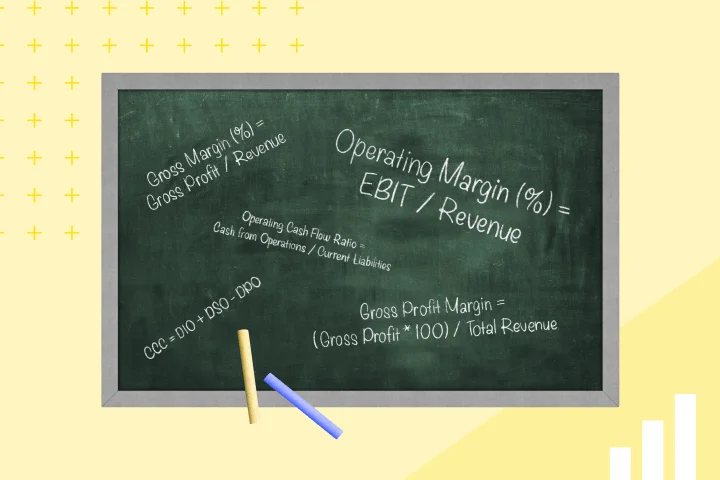Closing the books can be a frustrating process — especially when the nightmare recurs every single month.
Not only does it take time to match transactions across systems, manual reconciliation opens the door for human error, making it even more time-consuming and leaving you vulnerable to costly consequences.
Only 28 percent of accountants recently surveyed by IMA completely trusted the accuracy of their financial reporting. That leaves 72 percent who believe there to be inaccuracies — which can lead to missed payments, late fees, and other costly consequences.
Modern spend management solutions can help make closing the books every month fast and easy.
Here’s 5 best practices to help your finance team that will change the game — and make reconciliation a breeze.
Automate Data Collection
Collecting data manually complicates the reconciliation process and increases the risk of inaccuracies. By automating data collection, human error is eliminated and accuracy is improved:
- Capture and digitize receipts in real time using OCR technology
- Automatically sync transactions with your ERP
- Automate expense categorization to avoid manually tagging each purchase
Once data collection is automated, time previously spent on manual data collection and entry can be used for higher value work like strategic planning and analysis.
Implement a Unified Payment System
Traditional corporate cards have a tendency to float around offices and between employees, making it difficult to track exactly who is spending what. Or maybe employees pay for purchases out-of-pocket and then they need to be reimbursed, which requires expense reports, approvals, and payments made to employees.
Implementing a unified payment system that utilizes virtual cards eliminates the hassle and confusion of corporate cards and reimbursements. Some benefits of virtual cards include:
- Transactions are monitored in real time
- Limits placed on cards to ensure employees don’t overspend
- Cards locked to specific vendors (i.e. SaaS providers or utility companies)
Log Transactions in Real Time
Streamline the monthly reconciliation process by continually booking transactions in real time. By syncing transactions with your ERP as they happen, you:
- Avoid a stockpile of unreconciled purchases at the end of the month.
- Get up-to-date visibility and insights into how your company is spending.
This allows you to remain agile and course correct without waiting until the end of the month.
Streamline the Approval Process
Automating the approval process eliminates frequent back-and-forths via phone, email, or in-person meetings. By using virtual cards and software that embeds the company spend policy, employees are unable to make unauthorized purchases. They can still easily purchase the tools they need to do their jobs according to corporate policy, while unusual or excessive spending is flagged and a notification sent to a supervisor for one-click approval.
Automated approval workflows:
- Reduce internal fraud and overspending
- Decrease discrepancies because purchases are approved before they are made
It allows everyone to do their job efficiently, while complying with company policy.
Spend Management with Global Capabilities
For enterprise businesses that operate internationally and in multiple currencies, a spend management provider with global capabilities helps save time and money during the reconciliation process.
By supporting balances in local currencies and providing localized virtual and physical cards:
- The finance team doesn’t need to spend time doing manual conversions
- Transactions are logged in local currency and automatically synced with your ERP
- Your organization saves money by eliminating foreign exchange fees.
Quick Reconciliation for Enterprise Companies
Automation saves enterprise organizations a tremendous amount of time and money when it comes to reconciliation — a necessary, if dreaded, process that reoccurs every month.
By automating data collection and entry, using a unified payment system, logging transactions in real time, streamlining the approval process, and implementing a spend management system with global capabilities, companies can drastically reduce the amount of time, money, and resources spent on the reconciliation process. Automation also reduces inaccuracies and fraud risks, giving your finance team confidence in their reporting and the security of company money.
To learn how Mesh Payments can help your organization speed up the reconciliation process with automated spend management, schedule a demo today.
-
Get the latest blogs from Mesh by subscribing to our newsletter







